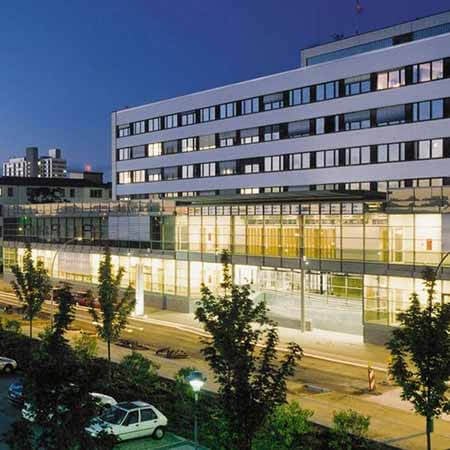About the disease
Migraine is a condition that is associated with visual sensitivity to light and intense headaches. Recurrence of this type of headache may begin in childhood or adulthood. There are two main types of migraines: classical and common. A classical migraine is accompanied by sensory disturbances, called aura, while the common migraine causes only the intense headache. According to Mayo Clinic, this type of headache is three times more common among women. Furthermore, migraine sufferers usually have a family history of this condition.
In the days before the onset of a migraine, the sufferer may experience prodrome symptoms such as food cravings, weakness and low energy or irritability and stiffness in the neck. The attack phase, which is usually the most severe phase of the migraine, can last anything from 3 hours to 3 days. Once this acute phase has passed, the sufferer may experience frequent mood swings, being happy and even euphoric at one moment, only to be suddenly sad the next. Postdrome symptoms also include feeling incredibly tired.
A migraine can be triggered by various factors, such as bright (especially flashing) lights, heat, continuous loud noise and hormonal changes (in women). People who do not get enough sleep or do not eat enough are also prone to migraine attacks. In some cases, alcohol consumption and smoking can precipitate the onset of an attack as well.
Symptoms
- Severe headaches (especially, throbbing on one side)
- Neck stiffness
- Mood swings
- Frequent yawning
- Sensitivity to light (especially, bright or flashing) and loud noises
- Dizziness
- Nausea
Diagnosis
- During a general examination, the doctor will ask the patient about the severity of the headaches, their duration and also the symptoms that appear before or after the attack.
- The patient will also be asked whether any other family members suffer from migraines, as this condition can run in the family.
- Imaging tests, such as CT and MRI scans, can be used to rule out other illnesses that could be causing similar symptoms to migraines.
- A blood test can rule out problems with blood vessels, which could be causing headaches.
Treatment
- Conservative treatment includes the prescription of pain relievers.
- Preventive medications can also be prescribed if the acute phase usually lasts longer than 12 hours and if the patient has 4 or more attacks a month. These medicines can reduce the frequency of attacks, their severity and duration. However, they must be taken cautiously to avoid side effects.
Authors: Dr. Vadim Zhiliuk, Dr. Sergey Pashchenko














